Loading
Search
▼ Onsen Trivia! Finding The Hottest, Highest, and Healthiest Hot Springs in Japan
- Category:Hot spring
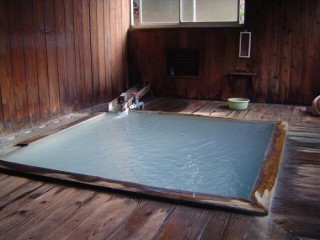
ROCKET NEWS
Japan is practically overflowing with hot, bubbling water it seems and nearly every city and town has a local spring or public bath for people to get a nice soak. Called “onsen” in Japanese, hot spring spas or baths are one of the most enduring symbols of Japanese culture.
Today, we bring you a fact-filled list of Japanese onsen trivia! Impress your friends with your knowledge and find somewhere to go soothe your aching heart when they get mad at you for being so smart.
Have you ever wondered which prefecture has the most hot springs or the largest output of hot water? Based on a list of onsen trivia compiled by the informative Japanese website Nanapi, we bring you fun facts about Japanese hot springs!
Oita Prefecture has the most hot spring sources in all of Japan, with 4,788 registered. Kagoshima is in a distant second place with 2,824, and Hokkaido in the distant north comes in third with 2,304.
As you might expect, Oita Prefecture also has the most output of hot water with 296 kiloliters per minute. Oddly enough, Hokkaido comes in second here with 260 kiloliters per minute, followed by Kagoshima with 201 kiloliters per minute.
As for the largest number of hot spring spas, or onsen, in Japan, Hokkaido takes first place with 254 facilities. Nagano comes in second with 231, and Niigata comes in a distant third place with 150.
At the opposite end of the spectrum, the prefecture with the fewest hot springs is Okinawa, followed by Tokyo’s neighbor, Saitama Prefecture.
Now that you’re an expert on Japanese hot-springery, let’s delve into some more specific information. For example, the Beppu Onsens in Oita Prefecture has both the largest number of sources and the greatest output of all the hot springs in the land.
▼Mikuriga-ike Onsen
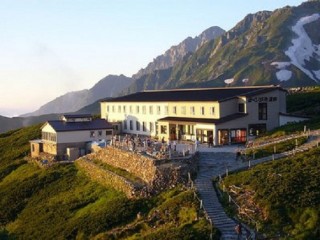
But where is the highest hot spring in Japan? It turns out that Mikuriga-ike Onsen in Toyama Prefecture has an elevation of 2,400 meters (7,874 feet).
▼Honzawa Onsen
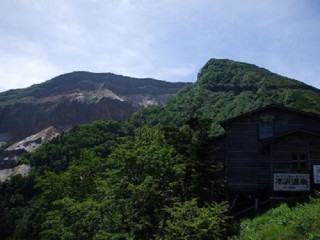
And for all of the astronomers with a passion for a nice, hot soak, you might prefer something with a better view of the night sky. Honzawa Onsen in Nagano Prefecture fits the bill perfectly, being the highest open-air onsen in Japan. At 2,150 meters (7,053 feet) up, you’ll have quite a hike to get there, but at least you’ll have somewhere to soak your aching feet.
▼Tamagawa Onsen
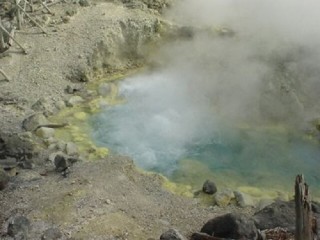
▼Higashi Onsen
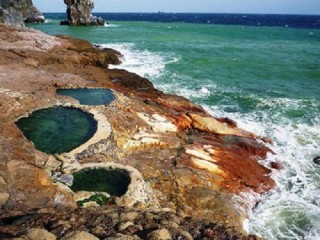
When it comes acidity, Tamagawa Onsen in Akita Prefecture and Higashi Onsen in Kagoshima are tied for first place. Both of them have a PH value of 1.2–which means tons of acid, in case you’ve forgotten your high school science. Apparently it’s still quite good for you, though, so no need to fear melting away while taking a dip!
▼Tokigawa Onsen
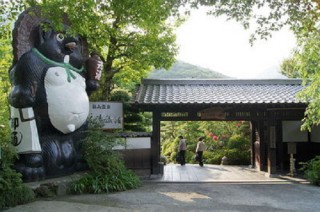
In terms of alkaline, Tokigawa Onsen in Saitama Prefeture and Iiyama Onsen in Kanagawa Prefecture are tied for first place. Apparently, alkaline is supposed to make your skin very smooth, so if you want to stay young and beautiful, you know where to go for a dip!
▼Rousoku Onsen

Rousoku Onsen in Gifu Prefecture has the distinction of being the Japanese hot spring with the most radium. You’ll want to check this place out if you have nerve pain or rheumatism, since radium is supposed to be helpful for such ailments.
▼Tsurumaki Onsen

All those rugby players out there will want to check out Tsurumaki Onsen in Kanagawa Prefecture, which is the Japanese hot spring with the greatest amount of calcium in its waters. In fact, it’s said to have as much calcium as cow’s milk and to be the most calcium-rich hot spring in the world. Calcium is supposed to be good for nerve pain, burns, cuts, bruises, and sprains.
▼Nagayu Onsen

This next one seems like a bit of a head-scratcher at first. Nagayu Onsen in Oita Prefecture has the most carbon dioxide of any hot spring on the planet. But why would you want to go to an onsen rich in carbon dioxide?? Apparently, the CO2 is said to be good for diabetes, gastrointestinal disorders, and heart troubles.
▼Arima Onsen
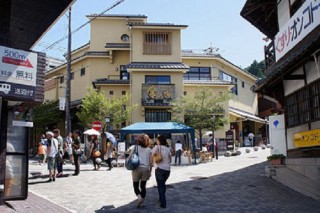
▼Dougou Onsen
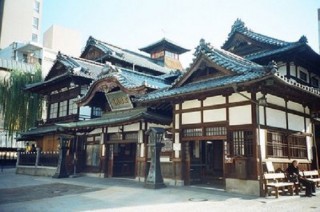
So, which of all the onsen in Japan is the oldest? That’s a bit of a difficult question to answer, but Arima Onsen in Hyogo Prefecture was mentioned in the Nihon Shoki, the second oldest history of Japan (after the Kojiki). Dougou Onsen in Ehime Prefecture was mentioned in the Man’you Wakashu, the oldest collection of poetry in Japan. The Nihon shoki was finished in 720 and the Man’you Wakashu was finished sometime around 759, though both of them represent writings from earlier periods.
▼Yumura Onsen

Finally, the onsen with the hottest water in Japan is Yumura Onsen in Hyougo Prefecture with temperatures reaching up to 98 degrees Celsius (208.4 degrees Fahrenheit).
- September 3, 2015
- Comment (0)
- Trackback(0)

